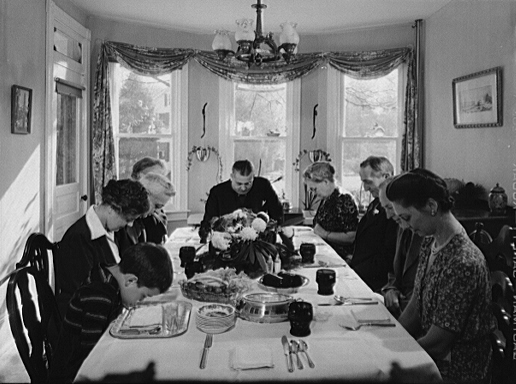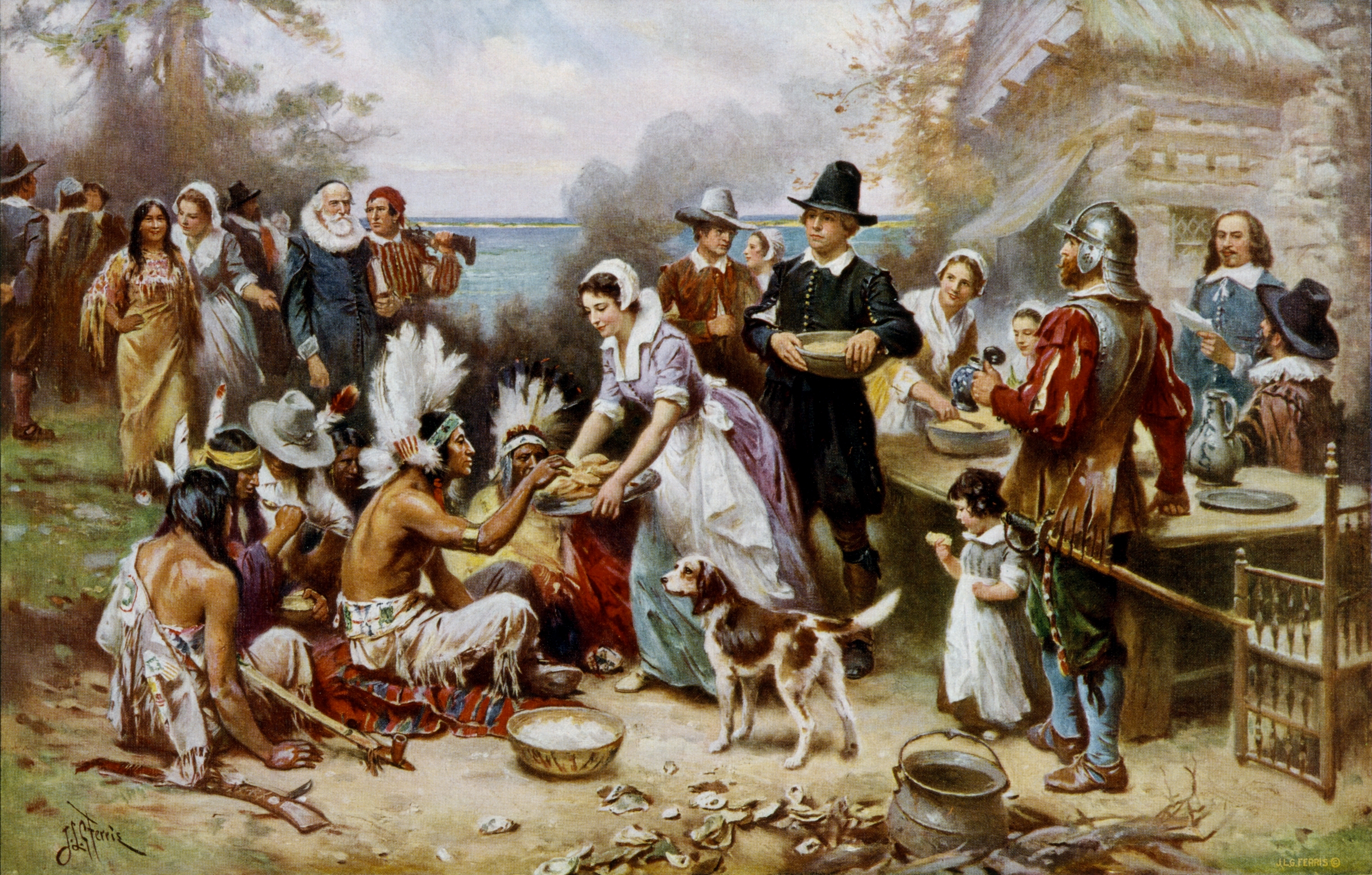Did They Eat Pumpkin Pie at the First Thanksgiving?
Posted by Stephanie Townrow on Tuesday, 11/24/2015
 These days, Thanksgiving is all about the food—from the classic turkey to delicious pumpkin pie, Americans look forward to overindulging on favorite foods that we associate with the harvest bounty of 17th-century Massachusetts. But did they have these beloved Thanksgiving foods at the first Thanksgiving in 1621? A deeper look reveals that our "traditional" Thanksgiving feast may not be as traditional as we think.
These days, Thanksgiving is all about the food—from the classic turkey to delicious pumpkin pie, Americans look forward to overindulging on favorite foods that we associate with the harvest bounty of 17th-century Massachusetts. But did they have these beloved Thanksgiving foods at the first Thanksgiving in 1621? A deeper look reveals that our "traditional" Thanksgiving feast may not be as traditional as we think.
The Pilgrims’ autumn harvest of 1621 was plentiful. Of course, they owed a lot of that success to their Wampanoag neighbors, who had helped them grow crops and taught them how to survive in the brutal climate of coastal Massachusetts. The harvest festival took three days, during which the Pilgrims and Indians feasted and celebrated. Approximately half of the original settlers died during the first year, and only four women remained alive by the fall of 1621, so the meal was likely prepared largely by men.

There would not have been cranberry sauce, though they might have had raw cranberries. There were no mashed potatoes, since the potato didn't make its way to North America until the 18th century. There was no pumpkin pie—they didn’t have a baking oven in Plimoth Plantation—but there might have been pumpkin served other ways, since both the Pilgrims and the Wampanoag ate pumpkin and other indigenous squashes.
On the table would have been local root vegetables like carrots and onions, dried fruits and nuts, venison (provided by the Wampanoag), fish such as bass, and shellfish like mussels and lobster. They might have had corn, though it would have been more of a cornmeal mush, known as "samp." There is also an account that mentions a "great store of Wild turkies," so it is likely that turkey was on the menu at the first Thanksgiving, in addition to other wild fowl such as duck and goose. Learn more about how and what the Pilgrims ate from Plimoth Plantation.